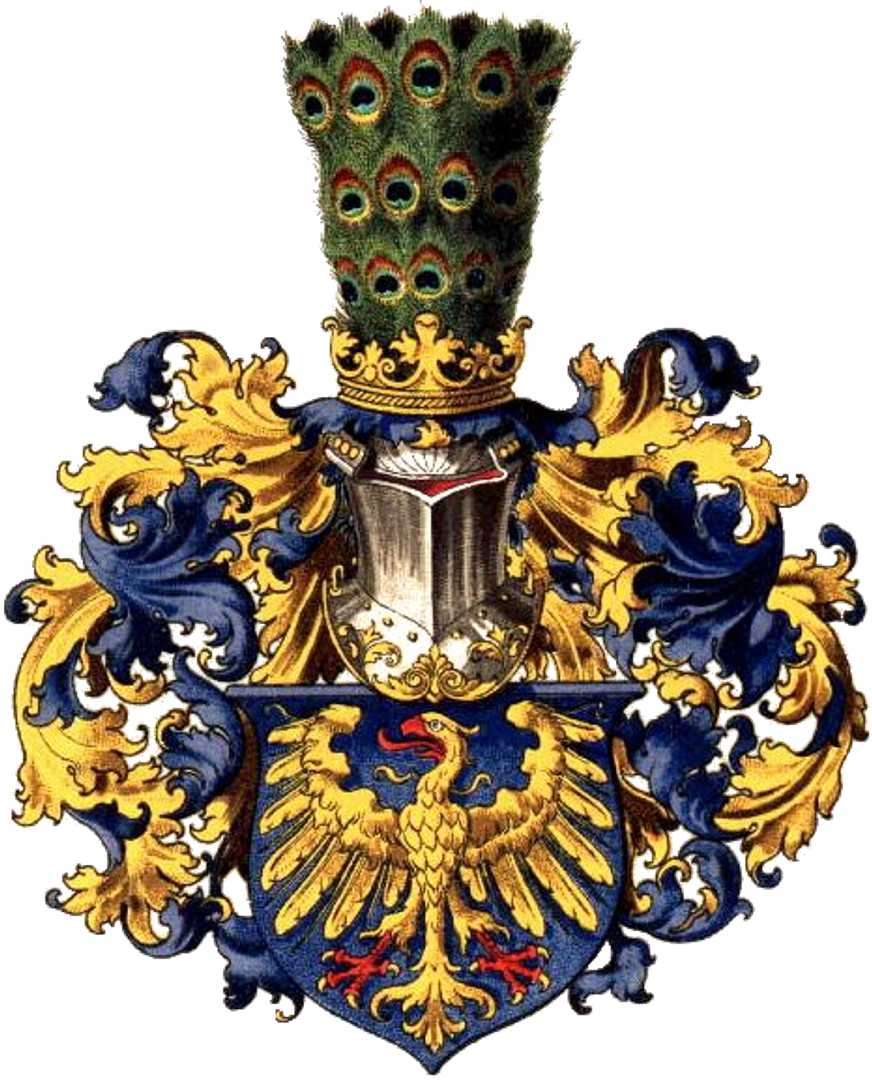Strzybnik Palace
6.71

Overview
The Strzybnik Palace, built in the mid-19th century thanks to Jadwiga Zofia von Drechsler, is an example of Neoclassical architecture. In her 1792 will, Drechsler allocated funds for its construction. In 1919, the palace underwent renovation and remodeling, and its nine-axis front façade with a distinctive attic supported by four columns is a significant architectural feature. Surrounding the palace were farm buildings, such as a forge, stables, a distillery, and a mill. The refined architecture, combined with the surrounding landscape park, reflects the cultural importance of this site. For many years, the palace belonged to the von Bischofschausen family, whose last representatives left it in 1944. After World War II, the palace became the property of the State Treasury and was managed by the State Agricultural Farm. Today, only ruins remain of the palace, testifying to its former splendor. The surrounding park, home to unique specimens of trees such as the copper beech, sweet chestnut, and London plane tree, adds exceptional natural and historical significance to the site. The Strzybnik Palace is listed in the register of immovable monuments of the Silesian Voivodeship, highlighting its cultural heritage and the need to protect this valuable part of Polish history.
Location
2025 Wizytor | All Rights Reserved